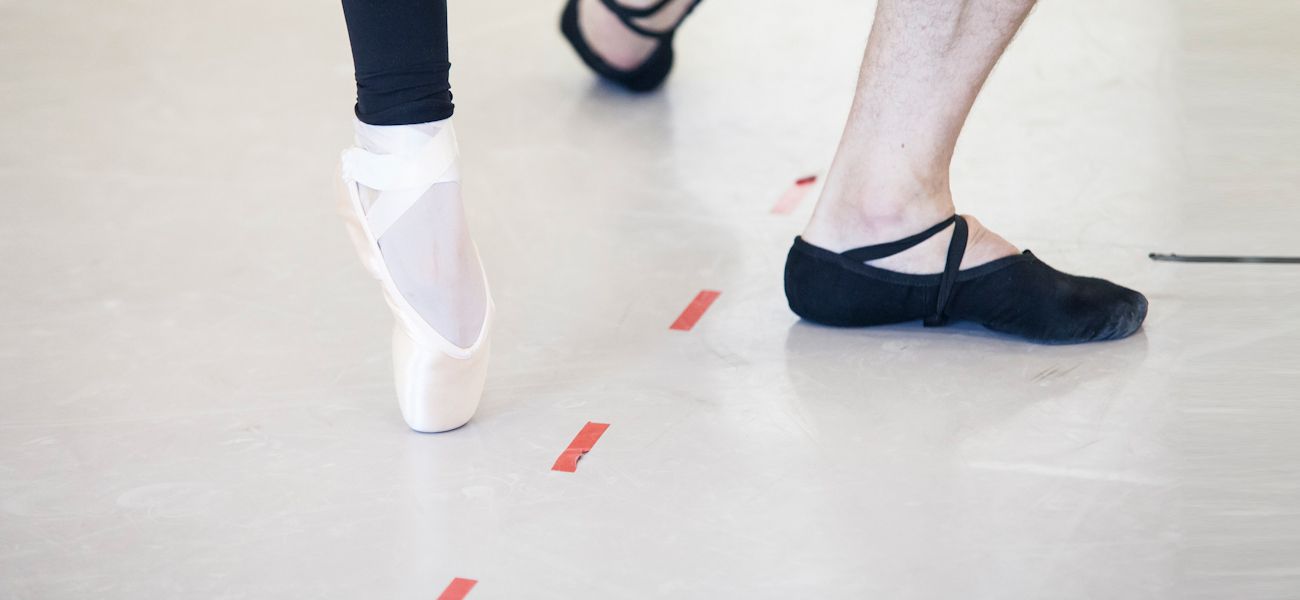10 Facts you might not know about ballet —
1.
A male dancer lifts over 1-1/2 tons worth of ballerinas during performances.
2.
A tutu requires 60-90 hours of labour and over 10 metres of net.
3.
Every time a dancer jumps on pointe, three times her body weight is carried on the tip of her big toe.
4.
Many of the costumes used are so delicate that it is impossible to wash them between performances. These costumes are hung up to air between shows and sprayed with freshener.
5.
Dancers rub rosin on their pointes and flats to prevent slipping. It is a yellow crystal substance that cellists, bassists, and violinists rub on their bows to help them play better, and baseball pitchers use to improve their grip on the ball.
6.
Ballet began in Paris, France in 1661. It traveled from there to Italy and Russia, where ballet masters continued to teach and improve upon ballet's methods.
7.
One tutu costs at least $3,000 dollars to make, more intricate tutus can cost a lot more.
8.
In very early ballets, dancers wore masks and heavy costumes that were difficult to move in. It wasn't until the 1720s, when a dancer named Marie Camargo shortened her dress above the ankles, that ballet footwork became more elaborate.
9.
The five basic foot positions were devised in the 18th century by Pierre Beauchamps, ballet master to King Louis XIV of France. He created the positions so that a dancer's weight would be evenly distributed over her feet for any position of the body.
10.
In Italy a male dancer is called a ballerino. In the English speaking world, boys or men who dance classical ballet are usually referred to as (male) ballet dancers.
Bonus
Police officers in Romania were sent to take ballet classes in order to help them to manage traffic with more grace and ease.
